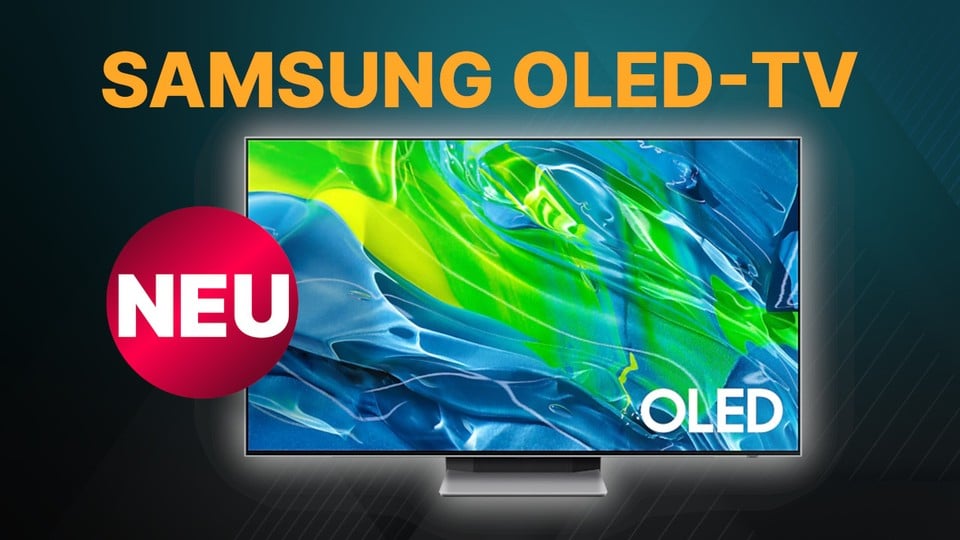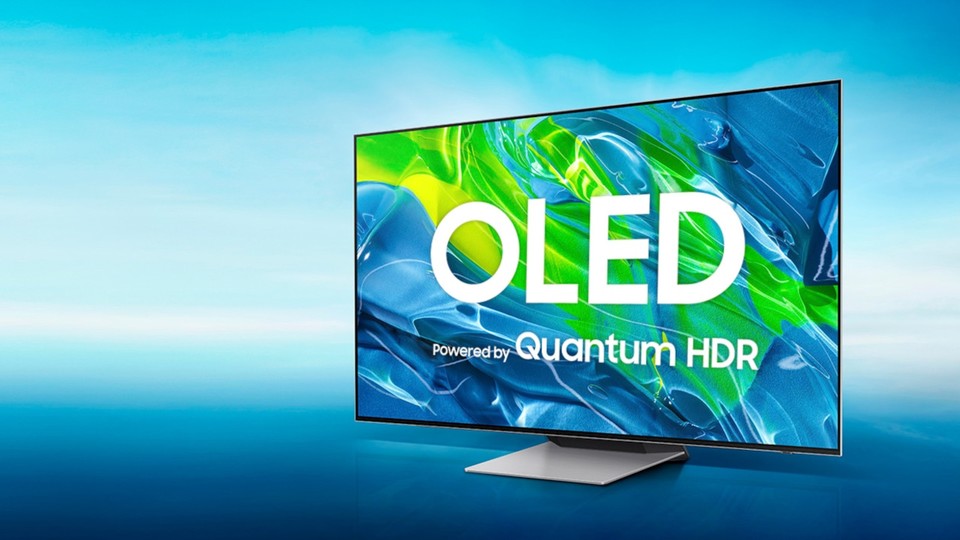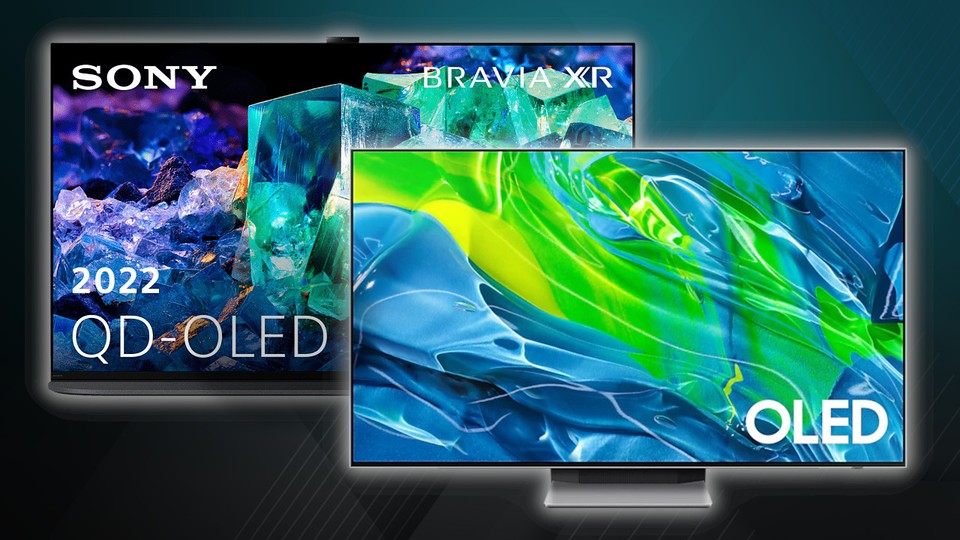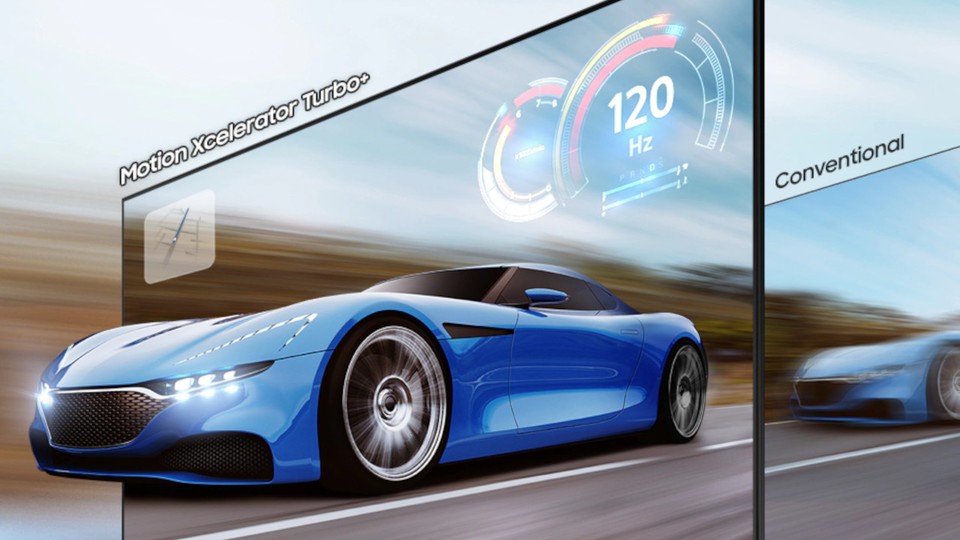Samsung’s OLED comeback: The S95B is better than LG OLED TVs in tests


The Samsung S95B is Samsung’s first OLED TV in a long time.
It’s been almost exactly 8 years since Samsung withdrew from the OLED TV business. In May 2014, the Korean manufacturer announced that the production was not worthwhile due to the high manufacturing costs. Construction of a factory that was due to be completed by the end of 2014 has been halted.
Samsung’s arguments were perfectly understandable at the time: The Samsung S9 OLED television, which was launched on the US market in 2013, had a size of 55 inches and cost the equivalent of around 10,000 euros, although it did not yet have a 4K resolution. The number of units sold was low, and the model never appeared in Europe. But now, with the Samsung OLED S95B, the time has come for a return. This is significantly cheaper at just under 2,200 euros for 55 inches and is now also available in Germany, in sizes 55 and 65 inches:
In recent years, Samsung has focused entirely on QLED technology for its higher-end 4K televisions. Despite the similar name, this has nothing to do with OLED technology: OLED TVs offer self-illuminating pixels whose brightness can be individually adjusted, which enables infinitely high contrast, perfect black and an excellent display of scenes with bright and dark parts of the image .

The Samsung S95B combines an OLED panel with the Quantum Dots of QLED technology. (Image source: samsung.com)
QLEDs, on the other hand, have a regular LED backlight, which is why black is never really black here, as there is always some light coming through. They have a special filter layer with so-called “quantum dots” that ensure better color representation. Incidentally, LG uses a similar technology called “NanoCell” in its mid-range televisions, while Sony uses the comparable Triluminos technology. QLED TVs are better than normal LCD TVs, but basically nothing special anymore.
With the Samsung S95B, however, Samsung does not rely entirely on OLED technology, but combines it with the QLED filter layer, which is also known as “QD-OLED”. As usual, the OLED panel ensures perfect black and high contrast. With normal OLED TVs, however, white light is generated, which is split into red, blue and green by a color filter. The other colors are then mixed from this. With the new QD-OLED TVs, on the other hand, blue light is generated, which is then converted into red and green light by the Quantum Dots as required.
Samsung OLED S95B 4K TV at Amazon*
But does this new combination of QLED and OLED really lead to better picture quality? Apparently yes. At least the Samsung S95B in the detailed test of the TV experts from rtings.com performed slightly better than the current competitor models LG OLED-C2* and LG OLED G2*. Other tests of example hifi.de or digitaltrends.com essentially confirm this result, even if it is partly pointed out that the impressions are not final and that firmware updates can lead to changes.

The combination of QLED and OLED technology offers advantages. Sony will therefore also launch a corresponding model on the market in June with the Sony A95K, which, however, is significantly more expensive than the Samsung S95B.
The advantage of the Samsung S95B is, among other things, that the Quantum Dots are more translucent than the color filter of normal OLED TVs. This enables a brighter image without increasing the risk of burn-in. In addition, the S95B offers particularly bright colors, which is particularly noticeable with HDR.
However, the S95B apparently still has minor teething problems and occasionally tends to exaggerate, so that colors can sometimes appear a bit unnatural. There are also other disadvantages such as the lack of support for Dolby Vision. This ensures that the difference in quality has so far only been small overall.
Nevertheless, it should be noted that the new QD-OLED technology is fundamentally superior to normal OLEDs and that Samsung has overtaken LG in terms of image quality this year, albeit only very slightly. And Samsung shouldn’t be the only manufacturer. Sony also relies on QD-OLED technology for its top model Sony A95K, which will be released in mid-June:
Sony QD-OLED A95K 4K TV at MediaMarkt

The Samsung S95B is also very well suited for gaming. 4K 120 Hz is no problem for him. (Image source: samsung.com)
For gaming, the Samsung OLED S95B offers everything your heart desires. It supports HDMI 2.1 on all four ports. Gaming in 4K at up to 120 fps is therefore possible with the PS5 or Xbox Series X without any problems, as long as the game in question supports it. In fact, the S95B can even do 144 Hz. However, this only works with restrictions and not without problems. Rtings.com writes: “it’s buggy on our TV and doesn’t work consistently”. This is hardly relevant for the consoles anyway.
It is more important that both VRR (Variable Refresh Rate) and ALLM (Auto Low Latency Mode) are supported and the input lag is very low: It is only around 5 ms at 120 Hz and around 10 ms at 60 Hz. However, they also deliver cheaper new Samsung 4K TVs from 2022 like the Samsung QN85B and Samsung QN90B perform similarly well when gaming.
Samsung OLED S95B 4K TV at Amazon*
This purchase advice is not commissioned by an advertising partner, but an article with recommendations. The offers listed here are provided with so-called affiliate links. With a purchase via one of these links, you support GamePro: We receive a small commission from the provider without affecting the price. Do you have any suggestions for articles we should include? Feel free to write them in the comments.
Reference-www.gamepro.de